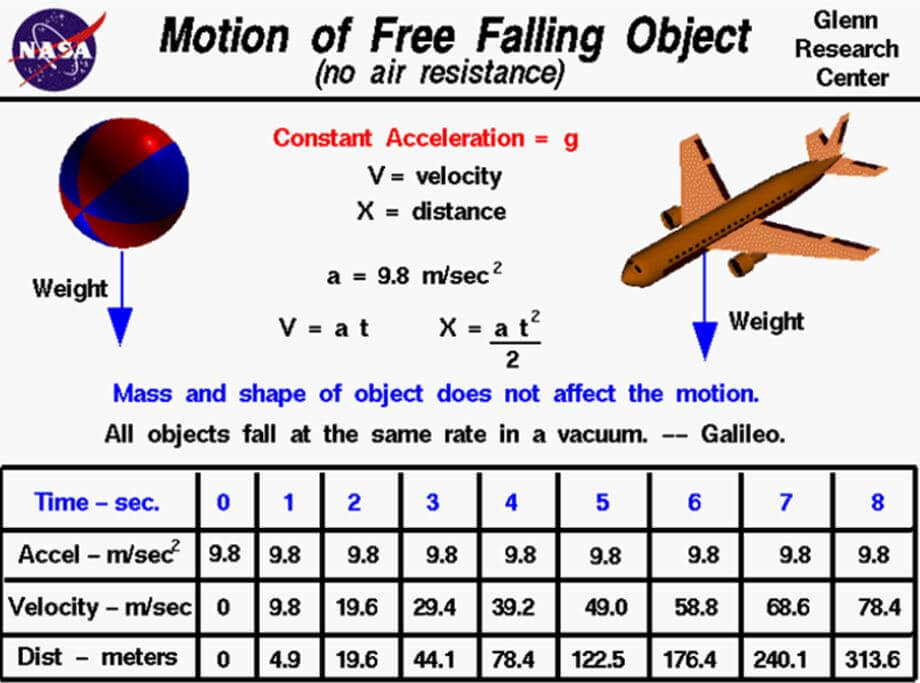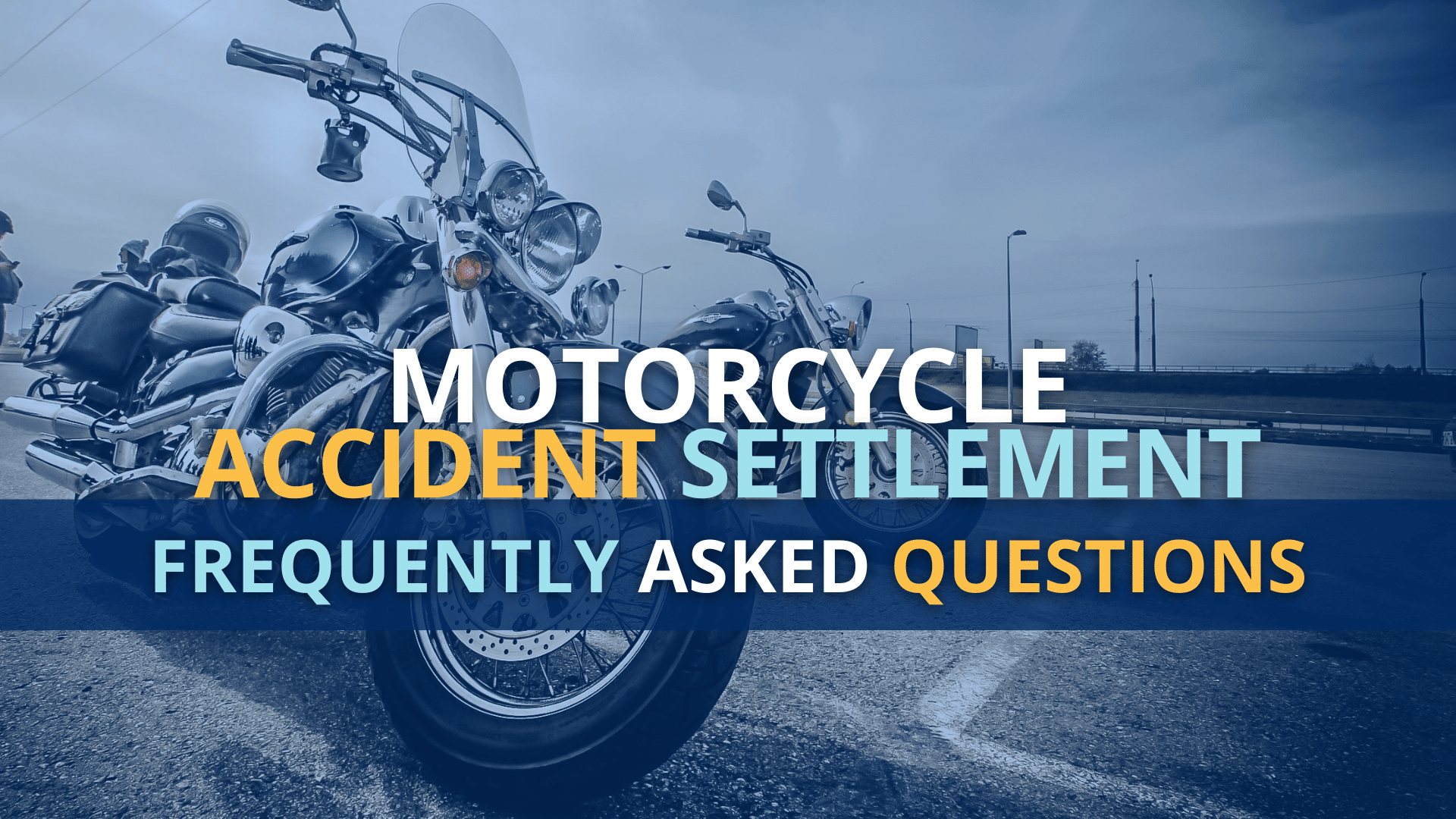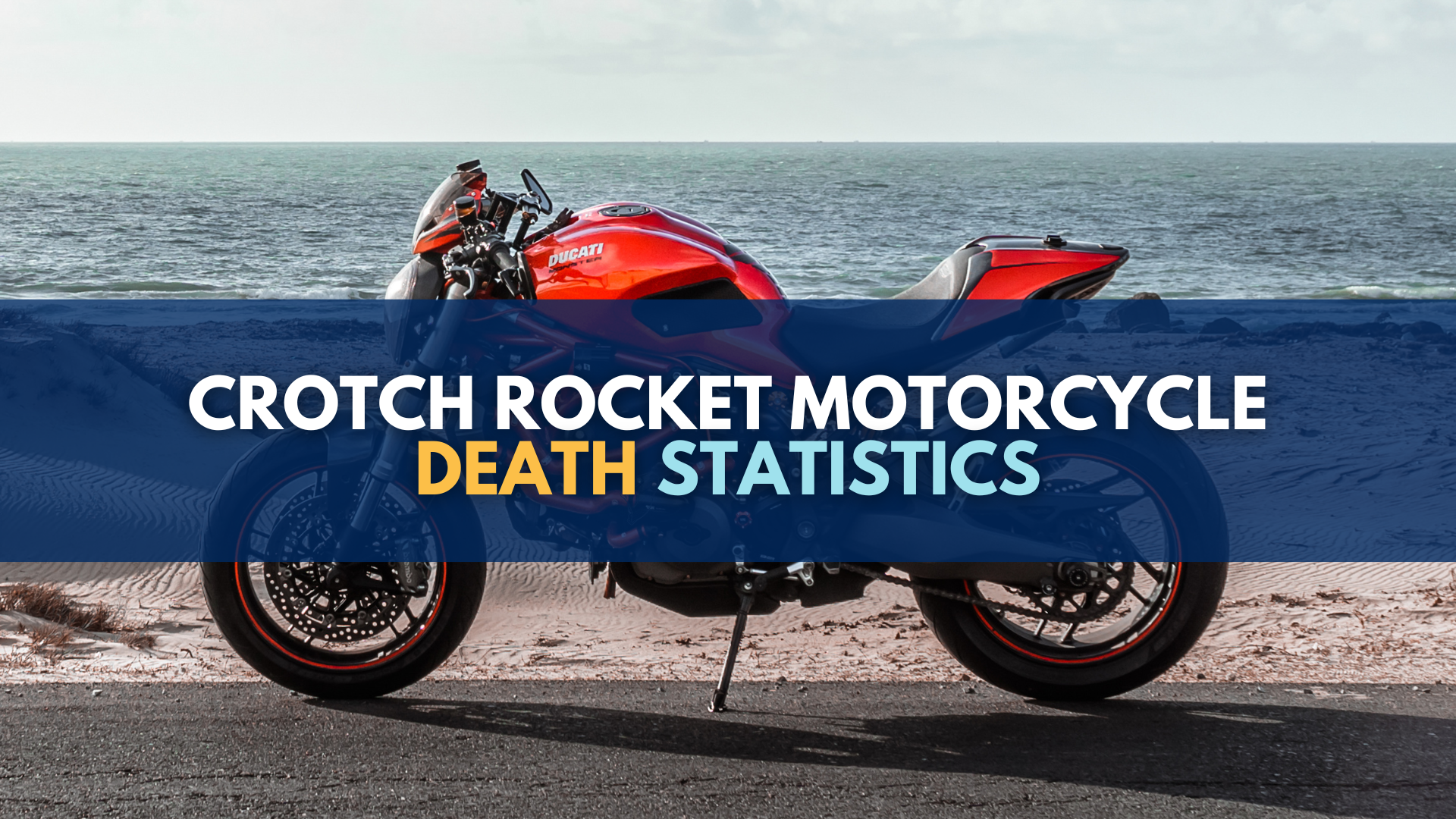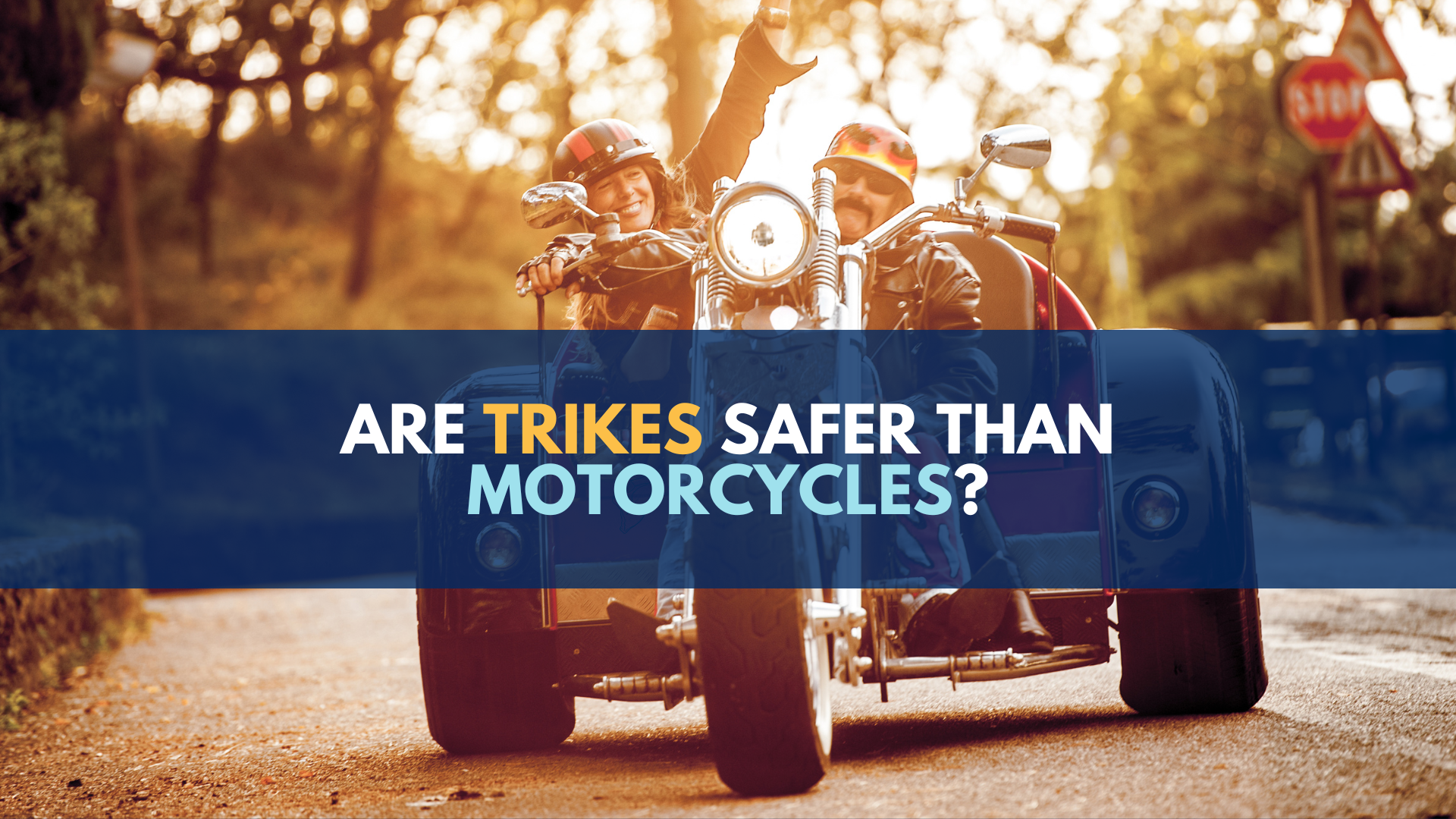Riders who claim they don’t wear motorcycle helmets while traveling at low speeds are wrong, putting themselves at risk for serious brain injury
There are some motorcyclists who say they don’t need to wear a helmet if they’re traveling at low speeds, or when they’re “just puttering around town.”
But such a belief is based upon a dangerous misconception. First, a motorcycle accident can happen at any speed. And second, a motorcycle can be just as dangerous at low speeds as it is at higher speeds.
Today I’d like to share another great article by SMARTER President Dan Petterson. SMARTER is a nonprofit motorcyclist association that supports comprehensive motorcyclist safety efforts.
Dan says two research facts and a physics lesson might make these riders rethink their decision to ride without helmets at slow speeds in their neighborhoods, according to the Hurt Study:
- “Most motorcycle accidents involve a short trip associated with shopping, errands, friends, entertainment, or recreation, and the accident is likely to happen in a very short time close to the trip origin.
- The median pre-crash speed was 29.8 MPH, and the median crash speed was 21.5 MPH, and the one-ina- thousand crash speed is approximately 86 MPH.
These two facts indicate that riders making the choice not to wear their helmet when operating at relatively low speeds, on short trips, and in town are going directly against the odds. In other words, the riders who choose to gamble and not wear a helmet around town are making the exact wrong bet. Given similar odds, would they wager their paycheck at the casino?
And it all boils down to physics.
Picture a high-powered rifle fastened to a table with the barrel pointed directly horizontal and the end positioned exactly at the edge of the table. Now, a tennis ball is placed next to the end of the barrel.
If the tennis ball is dropped at exactly the same time the bullet exits the barrel end, which will hit the ground first?
Answer: Both will hit the ground at the same time. Free-falling objects are in a state of acceleration. Specifically, they are accelerating at a rate of 9.8 m/s/s or approximately 32 feet per second squared (32 ft/s2). This is to say that the velocity of a free-falling object is increasing by approximately 32 feet per second every second.
Mass of the object does not affect the rate of fall. Shape of the object does not affect the rate of fall. All objects fall at the same rate.
So if our head is six feet above the ground when we begin the fall resulting from our motorcycle crash, our head will hit the ground at a velocity of 19.5 feet per second regardless of the forward speed at which we were traveling.
And curbs, light poles, barriers, and other vehicles are all “around-town objects” just waiting for a head to slam into.
A faster forward speed fall does, of course, result in more likelihood of rolling, tumbling, and the possibility of hitting one’s head more than once and on more than just the ground.
In Michigan and many other states, riders have a legal choice not to wear a helmet if they meet the state’s requirements. Choosing not to wear a helmet is a personal freedom. The problem is, curbs and light poles never read the Constitution.
Riders who think they are safer in town and at lower speeds are ignoring the crash facts and the realities of basic physics.”
Related information:




I tell this to people all the time. As a former physics teacher, it is a fact that it is the component of the speed perpendicular to the point of impact that matters. So even if you are going 86 mph, if you only hit the ground and not some vertical object, a helmet could save your life. Of course there are a lot of other factors (and fractures, lol) involved, like torque. What injures you is the deceleration. Falling out of an airplane doesn’t hurt you. It is the sudden stop at the end. So anything you do to lessen the stop from 19.5 ft/sec to zero helps, even it is only the inch or so absorbed by the helmet. Let’s assume that when you fall, your brain moves 1/10 of an inch inside your skull while stopping while your head is stopping by hitting the pavement. Now if your helmet allows your head and brain to move another inch before it stops, that decreases the Force of Impact (FOI) to 1/10 of what it was without the helmet. Somewhere between the FOI when wearing a helmet and not wearing a helmet are the lines between brain injury and no brain injury and even the line between life and death.